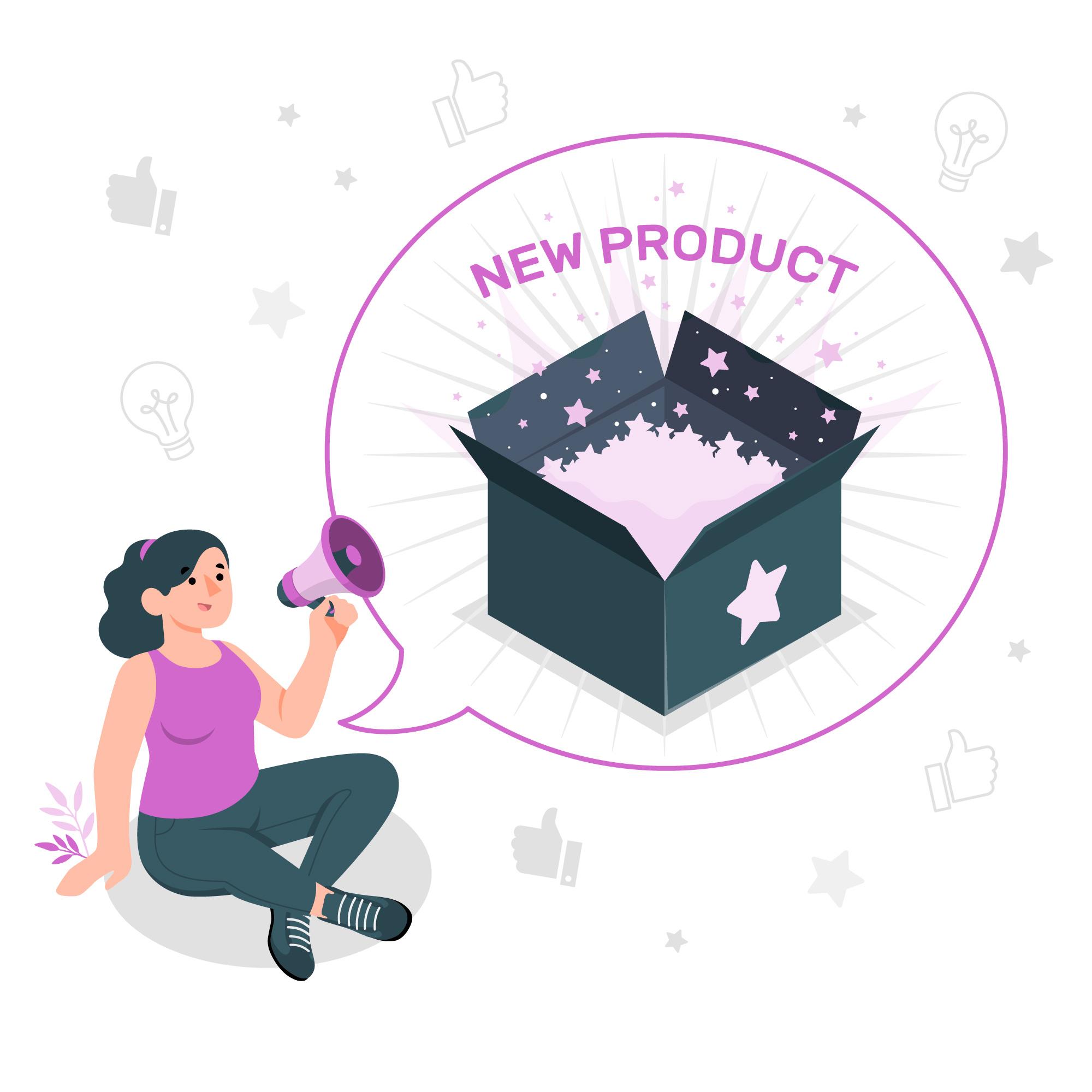In the bustling world of e-commerce, a well-crafted product description is your digital sales pitch. It’s the bridge between a potential customer’s curiosity and their decision to make a purchase. An effective product description doesn’t just inform; it persuades, inspires, and builds trust. Let’s explore the art of crafting a compelling product description for your e-commerce store.
1. Know Your Audience
Before you start typing away, understand your target audience. What problems does your product solve for them? What benefits do they seek? Tailor your description to address their needs and desires.
2. Highlight Key Features
Begin with the most important product details. What sets your product apart? Is it the materials, size, or functionality? Use bullet points to make these features easily scannable.
3. Create a Vivid Picture
Engage your customers’ senses with descriptive language. Instead of saying, “soft fabric,” try “luxuriously soft, velvety fabric that feels like a gentle caress on your skin.” Paint a picture with words.
4. Tell a Story
Share the story of your product. Where did the idea come from? How was it made? People connect with narratives. A story adds depth and authenticity to your product.
5. Address Pain Points
Anticipate and address any concerns or hesitations your customers might have. Whether it’s sizing, durability, or maintenance, provide clear and reassuring answers.
6. Use Keywords Wisely
Incorporate relevant keywords naturally. This not only helps with search engine optimization (SEO) but also ensures your description resonates with your target audience.
7. Keep It Concise
While details are crucial, be mindful of length. Customers often skim product descriptions. Aim for a balance between informative and concise.
8. Inject Personality
Let your brand’s personality shine through. If your brand is fun and quirky, infuse a bit of humor. If it’s more formal, maintain a professional tone. Consistency is key.
9. Encourage Action
End your description with a compelling call-to-action (CTA). Use phrases like “Shop Now,” “Add to Cart,” or “Discover More” to prompt the next step.
10. Test and Refine
Don’t be afraid to experiment. A/B testing different descriptions can help you identify what resonates best with your audience. Continuously refine your product descriptions based on data and customer feedback.
Remember, your product description isn’t just a list of features; it’s an opportunity to create an emotional connection with your customers. Craft it with care, and you’ll find that it becomes a powerful tool in boosting your e-commerce sales and building brand loyalty.


